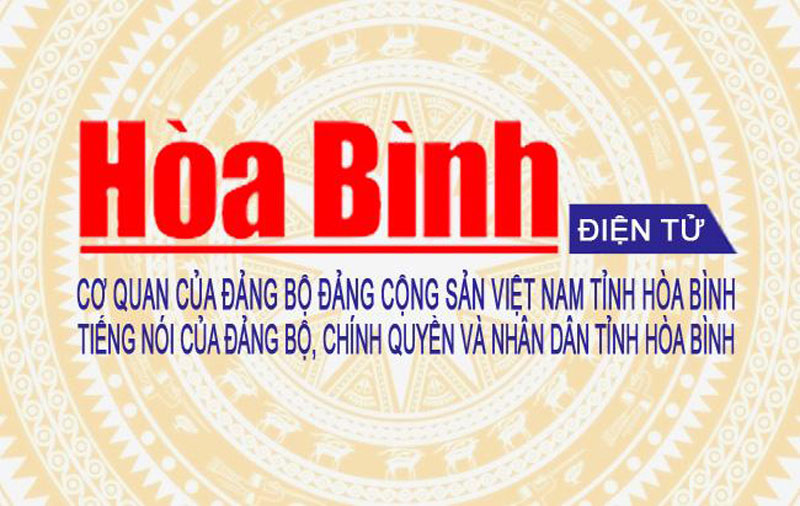
(HBO) – For thousands of years, the Muong ethnic group has demonstrated their Khao Roi (Doi) calendar on 12 bamboo bars that are about 25cm to over 30cm in length. The bars are inscribed with 30 notches representing 30 days in a lunar month. The notches are signs or symbols demonstrating the weather factors or astronomic phenomena believed to affect those days.
As bamboo
bars have limited length, ancient Muong people made careful consideration to
select symbols to inscribe on them to create the Khao Roi (also called Doi)
calendar.
Basic symbols on Khao Roi calendar:
The Khao Roi
(Doi) calendar of Muong people uses simple symbols.
|
No. |
Symbol |
Creation
method |
Name |
Note |
|
Name in
Muong language |
Name in
Vietnamese language |
|
1 |
|
Carving
sawteeth wave |
Khoc tinh ngai |
Nac tinh
ngay (day marking notch) |
Short
V-shaped lines |
|
2 |
|
Drilling
or carving to create small dots or round holes |
Lo kon |
Lo nho
(small hole) |
Holes,
dots, zero (0) |
|
3 |
|
Carving
vertical lines |
Vach |
Vach
(line) |
Short
vertical lines |
|
|
|
|
|
|
|
These three
simple symbols are used to demonstrate Mua (rainy), Ca, Lo and Roi (Doi) days,
among others on bamboo bars.
For example,
the V represents the Ca day, the X represents the Khoang Kac days, and a
vertical line with small holes atop represents the Doi day.
Symbol of Khao Roi (Doi) day
Muong people named their bamboo calendar after the Roi (Doi) constellation.
The Roi (Doi) day is the one when that constellation passes in front of the
moon, once a month.
On bamboo
bars, the Doi day is demonstrated with a vertical line with one round hole on
top of it and two - three others arranged symmetrically on both sides.
However, the
calendars collected in Lac Son district do not contain the Roi (Doi) day
symbol.
1. Single-factor
days
Single-factor days in the Roi calendar are those when
only one factor occurs such as the Ca, Hao, Lo and Roi days, according to the
Muong folk belief.
Figure No 1: Symbols demonstrating single factors on
the Roi calendar
The Khao Roi calendar of Muong people has eight
single-factor days, namely Ngai Lo(Lo
day), Ngai Haw(Hao day), Ngai Ka(Ca day), NgaiKhaw Roi (Doi)- Roi (Tua Rua) star day, Ngai Muo Paw(rainy day), Ngai Khwang Kac(Khoang Cac
day), Ngai Roi baw(the day
when Roi comes), and Ngai Roi tha(the
day when Roi goes).
2.
Multi-factor days
Multi-factor days are those believed to record the
occurrence of many factors. In other words, they are the days affected by at
least two factors such as Ca and Hao or Hao and Lo appearing on a same day.
Muong people believe that multi-factor days are bad
ones.
A preliminary survey showed that there are more than
20 multi-factor days in the Khao Roi calendar./.
Gongs hold a special place in the cultural and spiritual life of the Muong ethnic people in Hoa Binh province. More than musical instruments, they are an indispensable part of community rituals and collective memory, echoing through generations as a spiritual thread linking the past, present, and future.
Preserving and promoting the cultural values of the Muong ethnic group has become an urgent task in the current context, as many traditional values face the risk of fading away. This effort requires not only protecting the cultural identity but also eliminating outdated customs and developing a modern cultural lifestyle, contributing to sustainable values for the Muong community in Hoa Binh province.
The Muong ethnic culture, deeply rooted in Vietnam’s mountainous north, continues to be preserved and revitalised by dedicated individuals and communities determined to safeguard their ancestral identity.
The Muong group is one of the largest ethnic minorities in Vietnam, primarily found in Hoa Binh province. The Muong people in Hoa Binh boast a rich and diverse cultural treasure that reflects the unique identity of this ethnic group. Accounting for over 63% of the province's population, they have created and preserved numerous distinctive cultural values, contributing to their unique identity. Their cultural heritage is an invaluable asset, at the heart of their national identity, and represents a vibrant spiritual life that must be preserved and promoted in today’s modern world.
For generations, the ethnic communities of Hoa Binh province, particularly the Muong people, have preserved vibrant festivals deeply intertwined with the region’s geography, nature, and social traditions. These celebrations enrich Hoa Binh’s spiritual life and cultural identity, reflecting both folk beliefs and the intermingling of ethnic customs. Many of these festivals have endured the test of time, passed down through generations and continuing to thrive today. Among them, the Khai Ha (Going Down to the Field) festival stands out as one of the most significant events of the Muong ethnic group.
Muong calendar, known as sach doi, is an ancient folk knowledge system developed through observations of the movement of the pleiades star. This unique calendar consists of 12 bamboo sticks, each representing a lunar month. Specific days within each month are marked with distinct symbols, guiding locals in determining auspicious and inauspicious days for important activities.


![]()